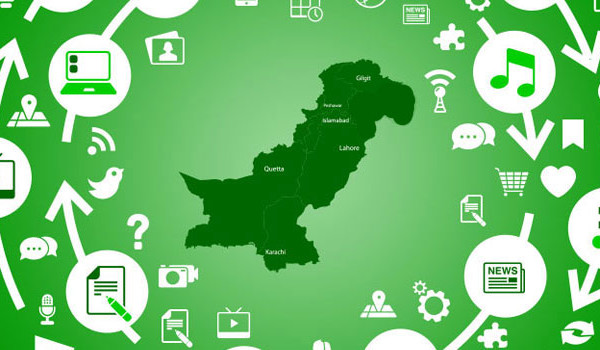
Ministry of Information Technology and Telecom has finally issued the long awaited IT Policy of Pakistan and has released it in the name of “Digital Pakistan Policy 2017”.
MoIT worked on the policy for several years, consulted all sorts of stakeholders and worked on almost every aspect to issue the final policy that’s available below for the download.
To adequately address and improve the international rankings in governance, entrepreneurship, knowledge capital, accessibility, demand stimulation and ICT skills, the IT policy focuses on four broad areas for implementing the policy imperatives.
MoIT said that Digital Pakistan Policy will serve as the foundation pillar for the construction of a holistic Digital Ecosystem in the country with advanced concepts and components for the rapid delivery of next generation digital services, applications and content.
As per Digital Pakistan Policy, here are some of the main highlights of Pakistan’s IT Industry:
Policy minutely suggests areas for legislation and need for enhancement of systems, ranging from HR development to research and innovation in IT, to help meet the goals while overcoming the challenges.
Government policies are manifestos that are considered as a starting point for legislation, rules and SOPs that are developed to achieve goals and targets.
With this policy in place, Pakistan has a direction now — specifically for IT sector — to help overcome challenges while boosting the sector for the benefit of everyone.
Ministry of Information Technology and Telecommunications (MoITT) said that it will develop an ‘Action Plan’ along with relevant ministries and departments detailing the time frame and outputs of the IT Policy.
MoITT said that it play the role of an enabler and facilitator, providing necessary guidance where required while other federal ministries, divisions and departments will take the lead role for the implementation of policy strategy falling within their domain.
MoIT also outlined the departments and ministers that will responsible for achieving the goals set in the policy.
You can go ahead and download the entire Digital Pakistan Policy 2017 by clicking this link (PDF File – 7.86 MBs).